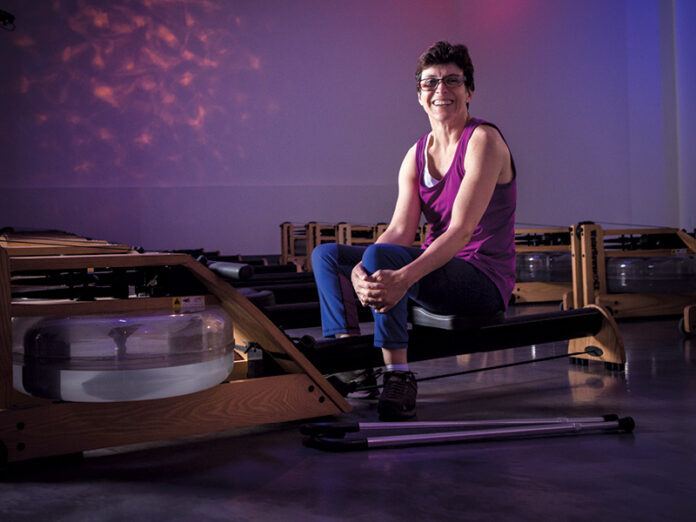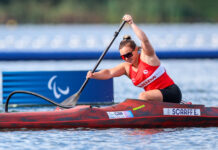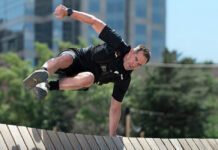
Walking with canes, Michelle Danyluk was, perhaps, the least likely candidate to join her junior high running club. But that didn’t stop her.
Armed with a successful sales pitch and strategy to start with the team and short-cut it across a field to join fellow runners on the final leg – she was a shoo in.
“That would never be allowed now. I was this disabled girl running all alone,” the 48-year-old says. “My favourite part was ending with everyone else.”
Danyluk was born with spastic cerebral palsy, often caused by a lack of oxygen around the time of birth and, in her case, leading to injury to the part of her brain that signals her muscles, leaving her limbs stiff and legs weak.
Some people with the disorder have cognitive issues and/or seizures and although Danyluk says she “dodged those bullets,” cerebral palsy meant an eight-year struggle to learn to walk, undergoing eight surgeries.
Danyluk does her best not to let disability relegate her to the sidelines. She skis and is a regular at Row 17 where she spends her sweat on the rowing machines.
“A good way to get me to do anything is to tell me I can’tdo it,” she says.
For the social worker, who is a seniors’ service coordinator, her can-do attitude applies to fitness pursuits and cerebral endeavours.
“A social worker tried to talk me out of university because it was too hard,” she recalls. “Academics was my rebellion.”
Indeed. The Calgarian has a bachelor of arts and bachelor’s and master’s degrees in social work.
Tough and tenacious, Danyluk credits her scrappy ways to her three brothers(all ski instructors) and parents who believe in pushing the limits. On the slopes, she is a four-track skier, standing on skis and using hand-held outriggers to maintain balance.
Her only challenge is getting back up when she takes a tumble.
“My family doesn’t see the limitations but sometimes it’s frustrating because they completely forget I can’t get up when I fall,” Danyluk says. “My brothers were convinced I was copping a bad attitude.”
In the studio, Danyluk’s power and endurance come from her upper body. While rowing typically uses 60 per cent legs, 20 per cent core and 20 per cent arms, Danyluk drops her feet to the ground rather than strapping into the rowing machine and driving the stroke with her legs. She racks up 7,000 metres per class, several times a week.
“It was always disabled riding, adaptive skiing, always something for the disabled,” she says. “The whole culture at Row 17 is so supportive and inclusive. “It’s not like, ‘This is Michelle the disabled rower.’ It’s ‘This is just Michelle, who likes to row.’”
















